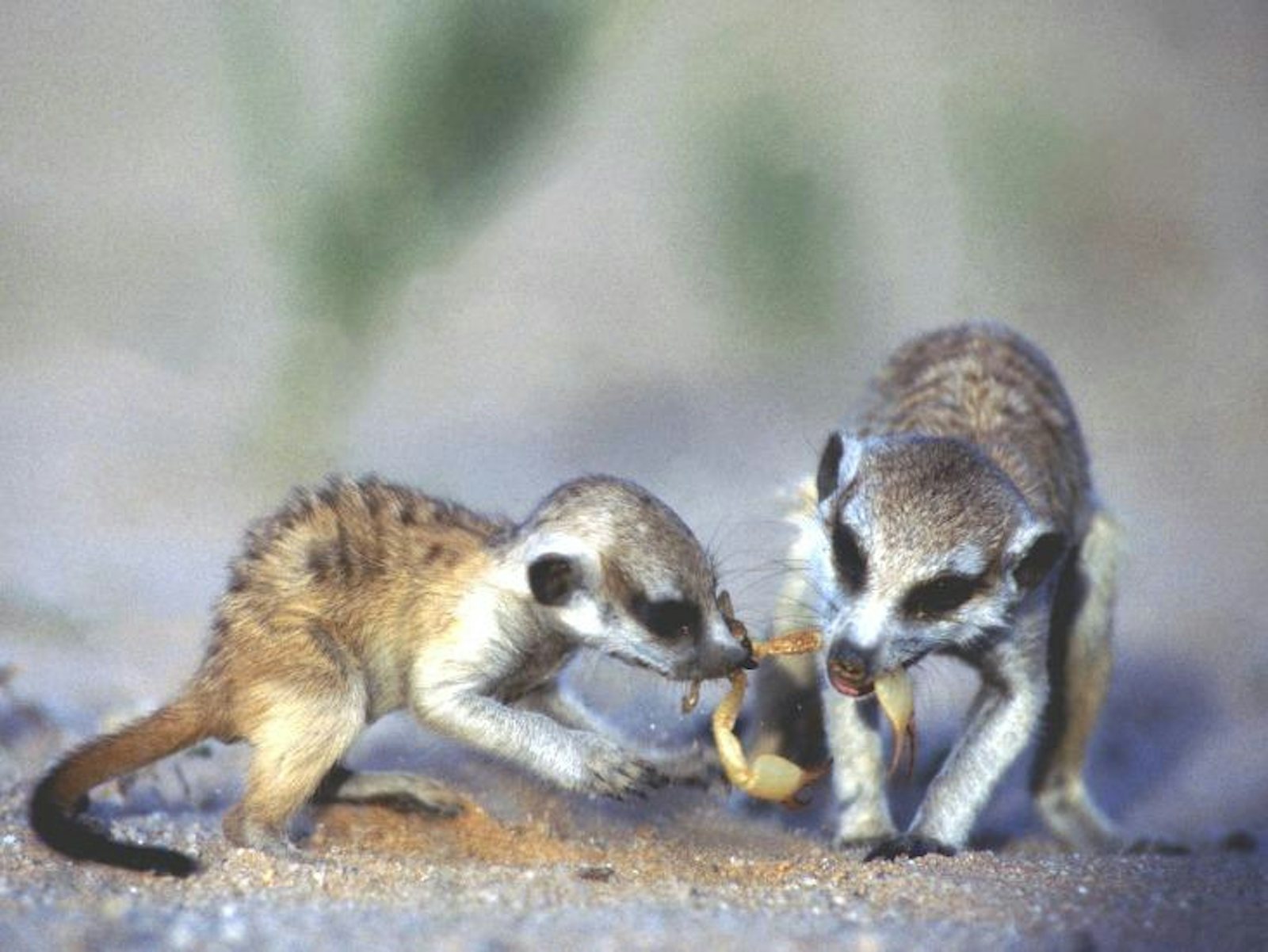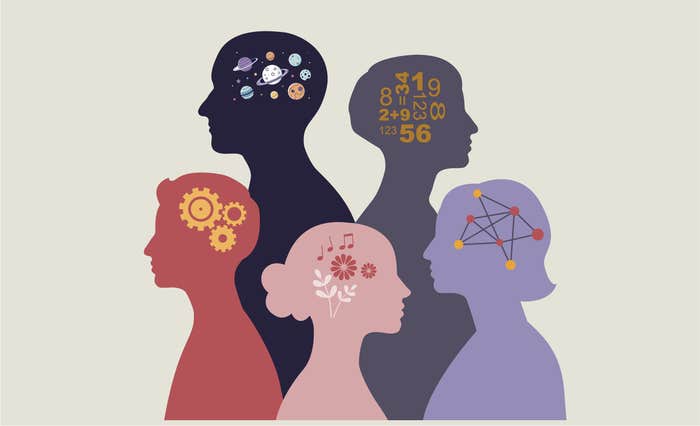In 1898, American psychologist Edward Thorndike published a seminal dissertation on animal intelligence. Thorndike, then at Columbia University, had spent hours experimenting with cats and special contraptions of his own design: puzzle boxes, confined spaces the cats could only escape by, for example, pawing at levers in order to trigger a release mechanism. Once out, the felines were greeted by some waiting food.
Thorndike found that his cats would quickly learn how to get out of the boxes. They easily figured out the different approaches necessary for success with different puzzles, and if a cat repeated the same trial again and again, it got quicker at solving it. Thorndike would plot the decrease in time taken to finish each puzzle on a graph—a pioneering approach at the time.
However, when Thorndike changed the puzzle experiments slightly, to see whether cats, dogs, and chicks were able to learn the correct actions simply by observing others performing them, the results were poor. Instead of picking up tips from escapees, animals seemed to have to learn the tactics again for themselves. Thorndike therefore dismissed the potential of non-primates to learn through social imitation.
Times have changed. Lately, biologists have been finding examples of social learning in all kinds of species. “We weren’t expecting it would necessarily be widespread in animals,” says Kevin Laland at the University of St Andrews, in the United Kingdom. “It’s just ubiquitous.”
Thorndike assumed social learning was special to primates—as they say, monkey see, monkey do—but his own experiments with monkeys showed even they had trouble with the business of imitation. Today, however, ants have been shown to regulate each other’s pace, learning the appropriate speed and course to food—a phenomenon known as “tandem running.” Even lizards have achieved the kind of copying behavior Thorndike couldn’t locate in his specimens. In one study, some bearded dragons mimicked the body movements of others in order to pull a sliding door aside and retrieve a tasty mealworm. And, despite old knocks about the seconds-long memories of fish, we’ve known since the late 1990s that guppies are capable of following routes taken by fish that know where to find food—even when those individuals aren’t present.
Cumulative culture is the pinnacle of learning as a phenomenon.
Some of the examples may be thought of as forms of animal teaching, since certain species seem to put on demonstrations that benefit others. Sometimes the “teachers” challenge learners with increasingly tricky tasks while they gradually become more proficient. A good example of the latter are the meerkat pups that are given scorpions to handle by their parents. Initially, they receive dead specimens, then live ones with the stings removed, before finally being presented with the whole, live, very deadly invertebrate. (Biologist Rachel Kendal cautions that while it might seem like parents adapt the difficulty of the task directly in line with the developing skill of their pups, studies have found that they actually modify the task in response to the changing vocalisations of pups as they age.)
For some dextrous species, training may be important for picking up the most demanding tricks. New Caledonian crows’ deftness with twiggy tools that they fashion themselves has been the subject of a splash of studies in recent years. Notably, in 2010, a group at the University of Auckland in New Zealand found that the juveniles in small family groups benefited from observing the activities of more proficient, adult tool-users. The young are even given adult tools to play and experiment with. Tiny sticks of the pandanus plant were adapted by the birds for extracting prey from logs, for example.
To what extent, though, can crows figure things out by themselves, and to what extent do they need guidance from a teacher? This question is essential for getting a handle on the nature of animal intelligence—but it is also notoriously difficult to answer.
New research published in Nature last month complicates our understanding of how these sophisticated birds get their skills. Christian Rutz at the University of St Andrews and colleagues had wondered whether other species, besides the New Caledonians, could use tools so well. There are more than 40 species of crows and ravens out there, so Rutz narrowed his search by seeking other species with beaks that were straight, like the New Caledonian’s. A straight beak allows for a more controlled grip—not unlike opposable thumbs—and it also lets the crows see what they’re doing. “A very straight bill projects straight into the field of binocular vision,” explains Rutz, “so the bird has excellent vision and control.”
One species that seemed to fit the bill, as it were, was the Hawaiian ‘Alala crow. When Rutz called up conservationists at San Diego Zoo Global’s Hawaii Endangered Bird Conservation Program, they said they certainly had seen the Hawaiian crows using tools but hadn’t thought too much of it. Rutz was on one of the next flights out.
During his experiments with the ‘Alala population, Rutz also watched infant crows that had never seen an adult crow or human using tools. Even these specimens, who had no examples to emulate, learned to skillfully use tools to extract pieces of meat tucked into holes in a log, indicating that the species has a genetic predisposition for tool use. But it’s still possible that in a natural setting, social learning could be important for the honing of tool skills. With the imminent reintroduction of Hawaiian crows to the wild, Rutz and his colleagues might soon find out more about the role played by social learning.
To tease out details about animal behavior in their natural habitat, Rutz may need to lean on some new statistical techniques. As Kendal notes, new methods for documenting and analysing interactions between individuals are helping biologists study social learning in natural settings more accurately than ever before. Research published in 2014 with captive chimpanzees used some of these techniques to discover that chimps more often copied dominant rather than subordinate individuals. Now, Kendal is involved in field work with wild capuchins to try and find out “who hangs out with whom” and how that impacts learning.
One of the big questions raised by the discovery of social learning in lots of animals is whether any of those species might be capable of cumulative culture. This refers to the collective skills, tools, and knowledge displayed by humans, allowing for successive generations to benefit from innovations of the past. Thomas Edison and Joseph Swan couldn’t make the world’s first lightbulbs in the 1870s if Michael Faraday hadn’t first invented the electrical dynamo—a device that could generate power and transmit it through a wire.
This is, perhaps, the pinnacle of learning as a phenomenon. But assertions that cumulative culture has been detected in animals—including chimpanzees and New Caledonian crows—remain contentious. One of Kendal’s own studies, co-authored with Lewis Dean at the University of St Andrews and others, used puzzle boxes to show the vast difference in social problem-solving abilities between human and non-human primates. The non-human primates did not engage socially in solving the task—it was every chimp for him- or herself. It’s not known why humans have such advanced cumulative culture, but the study suggests that cooperative problem solving could be an important part of it.
For now, that still seems to separate us from them. But that gap could keep shrinking the more we learn. In little over 100 years, a whole new appreciation of animals’ capacity for learning—often socially—has been born. Humans didn’t expect to discover this in such a wide range of species. Who knows what to expect next.
Chris Baraniuk is a freelance science and technology journalist in London. Find him on Twitter @machinestarts.


























